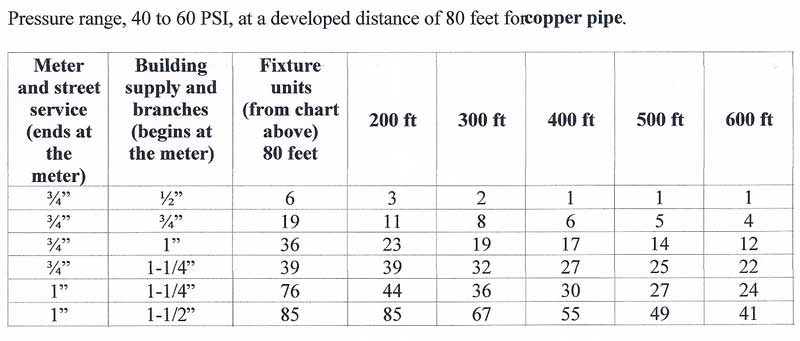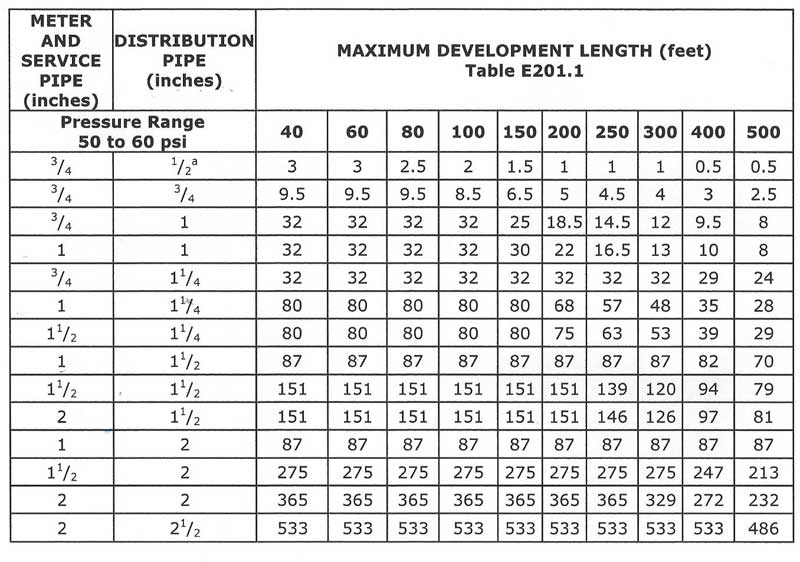Hello. First time posting, I searched for my question and didn't find anything.
My house has terrible water pressure. I am on a well. The pressure tank gives good pressure and even the first hose outlet off the main before entering the house is good. But everything after the pipe enters the house is weak. Some outlets are worse than others. The hose outlets are bad, and everything that separately goes through the water softener is weak.
There are long copper runs too. The water has to travel a good distant to snake through the garage to the softener, then snake back to the house to distribute to various places.
Here are some questions.
I know steel pipes can corrode and clog pipes but can my copper build up the same way? I see white (not really green) residue all over every sweat connection.
Do the many 90 degree elbows from snaking all through my building affect pressure substantially enough?
Would replacing some of the easiest to access pipes with PEX help? Or can one bad pipe/spot effect the pressure of the entire house?
Thanks for you help
My house has terrible water pressure. I am on a well. The pressure tank gives good pressure and even the first hose outlet off the main before entering the house is good. But everything after the pipe enters the house is weak. Some outlets are worse than others. The hose outlets are bad, and everything that separately goes through the water softener is weak.
There are long copper runs too. The water has to travel a good distant to snake through the garage to the softener, then snake back to the house to distribute to various places.
Here are some questions.
I know steel pipes can corrode and clog pipes but can my copper build up the same way? I see white (not really green) residue all over every sweat connection.
Do the many 90 degree elbows from snaking all through my building affect pressure substantially enough?
Would replacing some of the easiest to access pipes with PEX help? Or can one bad pipe/spot effect the pressure of the entire house?
Thanks for you help


